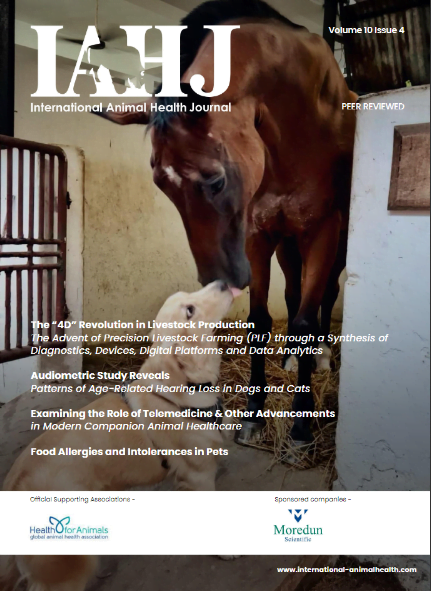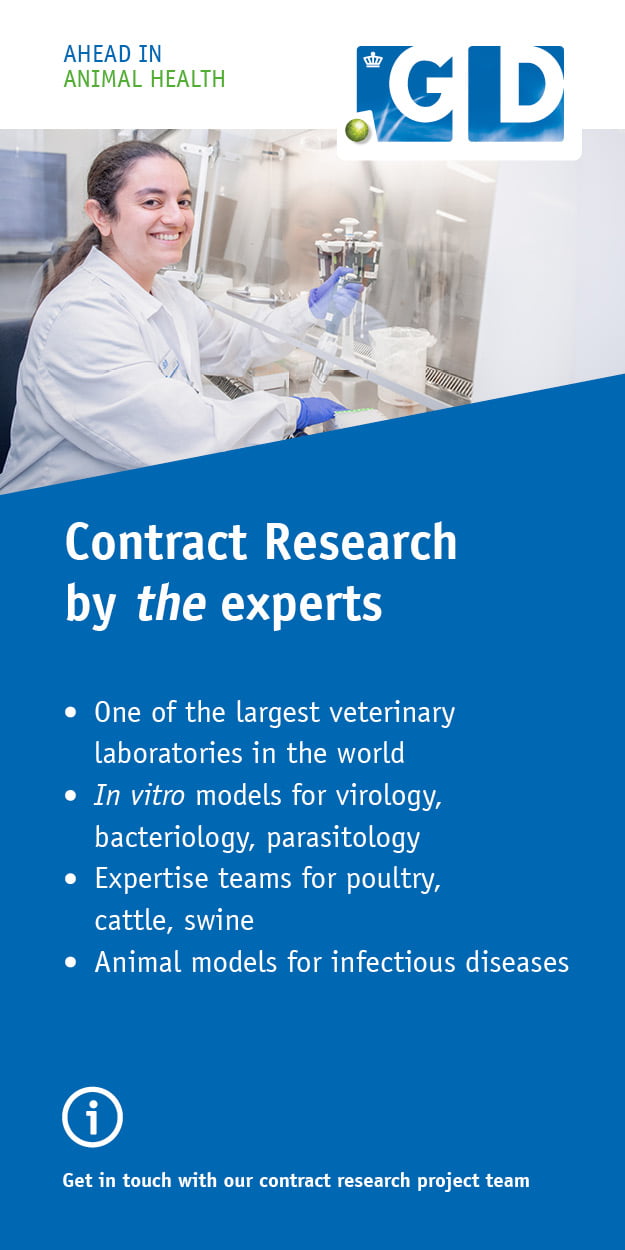ESDA 2018 Congress will see over 150 thought leaders and scientists gather in Belgrade to discuss developments of Dirofilaria and Angiostrongylus vasorum in companion animals / Call for registration: veterinary practitioners, academics and scientists are welcome to attend the Congress.
The ESDA (The European Society of Dirofilariosis and Angiostrongylosis) congress 2018 will be taking place in Belgrade, Serbia at the Crown Plaza Belgrade (July 5 to 7).
The congress brings leading experts from around the world to examine research and scientific progress of Angiostrongylus and Dirofilaria in Europe, harmonize best practice procedures for diagnosis, prevention and treatment, and discuss how best to educate veterinary practitioners on the parasitic threat and how to effectively prevent it. New research, prevalance data and geographical spread information will also be presented over a series of seminars by world-renowned experts, clinical workshops and lab sessions throughout the Congress.
In addition, Bayer will be hosting a scientific symposium on the topic of Angiostrongylus vasorum in companion animals, opened by a keynote from Professor Eric Morgan, researcher in veterinary parasitology and ecology at the Queens University Belfast.
Angiostrongylus vasorum is a serious growing Parasitological threat across Europe, with identified cases increasing by 1333% since 20021. Across Europe infection has been widely recognised in Ireland, UK and Denmark in the north, France in the west, Greece in the south, Hungary to the east, Germany, the Netherlands and many other countries. Outside of Europe endemic foci are present in Brazil and Canada, and infection has been demonstrated in Uganda, Colombia, Russia and in imported dogs in Australia. Animals affected by Angiostrongylosis may become severely ill and infection can prove fatal in some cases. However, if the infection is promptly cleared, an animal can recover with limited ongoing adverse consequences.
Dr. Roland Schaper, Global Veterinary Scientific Affairs Manager at Bayer, said: “The ESDA congress will help bring together scientific minds and encourage knowledge sharing on A. vasorum and Dirofilarosis. It also plays an important role in educating veterinary professionals on the rapid growing epidemic of A. vasorum and guides pet owners on the risks of parasites and how to identify signs and effectively prevent.”
The 5th Bayer Angiostrongylus Forum will take place on the morning of Saturday, July 7.
Scientific leaders unite to tackle global parasitic threat in dogs and cats
Animal Health Media © 2024, All Rights Reserved – Powered by Teksyte











